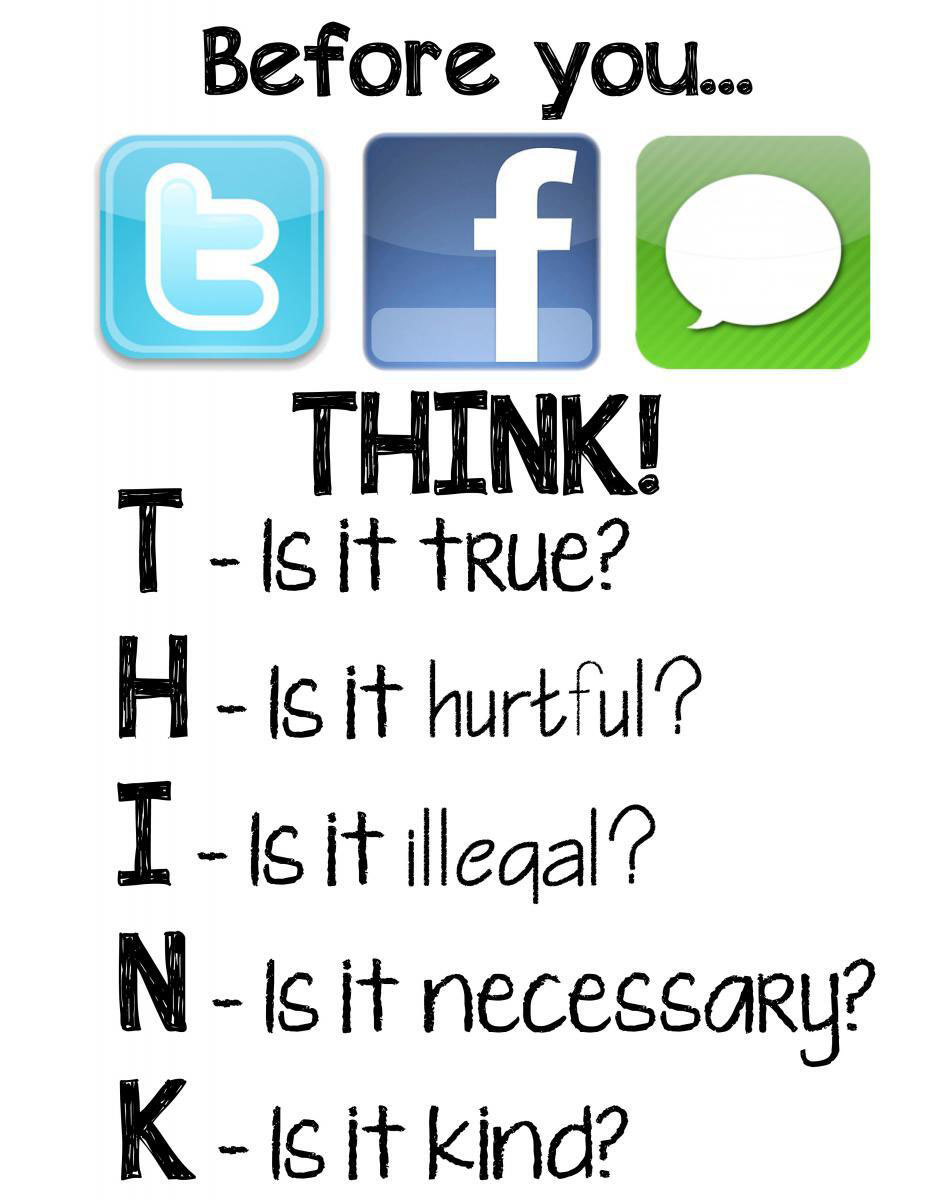Today in Canada, 99% of all students have access to the internet outside of school in the form of personal computers, portable computers or personal devices. With so many ways to access the internet and so many websites to visit, what are the most common? According to Young Canadians in a Wired World, the three most commonly visited sites are YouTube (75%), Facebook (57%) and Google (37%) with Twitter not being far behind and gaining ground every day.
 |
| Figure 1 |
It's no secret that today that the best way for students to learn is "to design engaging, meaningful, and authentic work and technology-enhanced learning experiences" and bring them into the classroom. The most effective way of doing this is through the incorporation of social media-based activities.
Social media in an education sense can include, but is not limited to, website such as Facebook, Twitter, Blogger or Instagram. All of these sites offer ways that students are able to share with one another and collaborate in ways that were once thought unimaginable.
The resistance that is often seen from teacher and schools is the freedom that is allowed in social media. There are those who feel that students will move off task, will not use it effectively, and, like is presented in Figure 1, use it as a means of cyber bullying, which is on the rise across the United States and Canada.
 There is a way to avoid these fears is to teach students how to properly use social media for education purposes. In the Ontario curriculum, the concept of citizenship is stressed multiple times through multiple grades and courses. In the past, the idea of citizenship would be in regards to the role these students will be taking as adults in Canada as a nation. But, is it not possible to address the issue of digital citizenship as well? Students need to understand that just like in the off-device world, there are expectations and rules that they need to follow in the virtual environment. What they do now can have an effect on them in later life. It's therefore important to teacher the students to T.H.I.N.K. before they post to social media. By T.H.I.N.K.-ing before posting, the quality of submissions, and approach to the material, should improve for more introduction of the tasks at hand.
There is a way to avoid these fears is to teach students how to properly use social media for education purposes. In the Ontario curriculum, the concept of citizenship is stressed multiple times through multiple grades and courses. In the past, the idea of citizenship would be in regards to the role these students will be taking as adults in Canada as a nation. But, is it not possible to address the issue of digital citizenship as well? Students need to understand that just like in the off-device world, there are expectations and rules that they need to follow in the virtual environment. What they do now can have an effect on them in later life. It's therefore important to teacher the students to T.H.I.N.K. before they post to social media. By T.H.I.N.K.-ing before posting, the quality of submissions, and approach to the material, should improve for more introduction of the tasks at hand.Now that the skills are in place, now is the time to introduce it into the class and make it relevant to the tasks at hand. Possibly the easiest and most secure way of using social media would be through a class learning management system (LMS) where all information and posts are protected and available only to members of the class. The true idea, however, of social media education is to move beyond the confines of the class and expand into true open cyberspace.
The key is to have students become engaged in "authentic, inquiry-based tasks that captivate their hearts and minds" that allow the students to use the technology available at their fingertips. This can be in the form of Twitter conversations on a particular topic from class, a blog responding to a questions or providing insights based on class work, a wiki created based on characters (real or fictional) that can be created and shared among members in a class and communally edited or updated or even the use of Google Docs for completing a project.
Social media is here to stay so teachers must be able to adapt and introduce, schools and boards must develop policy and students must use the services at hand. Using social media in school will only help students be even more prepared for later in life. 21st century education means 21st century success.
No comments:
Post a Comment